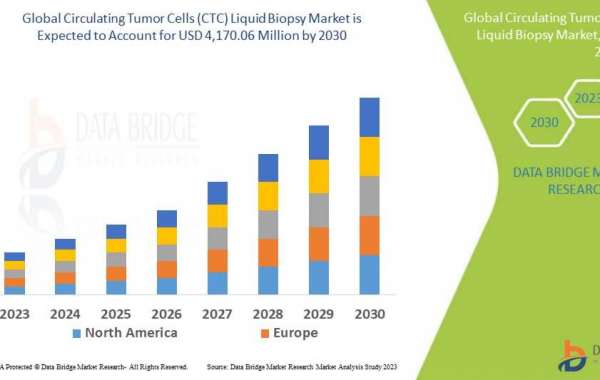Lithuania is considered a developed country. A nation's stage of development is determined by a number of factors, including economic prosperity, life expectancy, income equality, and quality of life. As a developed nation, Lithuania is able to provide social services such as public education, health care, and law enforcement to its citizens. Citizens of developed countries enjoy a high standard of living and a longer life expectancy than citizens of developing countries. Lithuania exports around $ 30.4 billion and imports about $ 32.52 billion each year. 7.3% of the country's population are unemployed. The total number of unemployed in Lithuania is 209,983. In Lithuania, 22.2% of the population live below the poverty line. The proportion of citizens living below the poverty line in Lithuania is relatively high, but this does not give rise to complete concern about investment. Potential funders should look at other economic indicators, including GDP, urbanization rate, and currency strength, before making any investment decisions. Government spending on education is 4.7% of GDP. The country's Gini index is 30.4. Lithuania experiences good equality. The majority of Lithuanian citizens are in a narrow income range, although some cases can vary widely. Lithuania has a Human Development Index (HDI) of 0.834. Lithuania has a high HDI value. This suggests that the majority of citizens will be able to lead desirable lives while providing significant help and support to citizens with lower living standards. The Global Peace Index (GPI) for Lithuania is 1.674. Due to the strong presence of the law enforcement authorities and the high level of social responsibility, Lithuania is very safe in international comparison. The strength of the Legal Rights Index for Lithuania is 6. Overall, it is considered to be rather adequate - bankruptcy and security laws are able to protect the rights of borrowers and lenders at least decently; Credit information is usually sufficient and generally available.
Currency
The currency of Lithuania is the euro. There are several plural forms of the name "Euro". These are euros, euros. The symbol used for this currency is € and is abbreviated as EUR. The euro is divided into cents; there are 100 in one euro.
Credit rating
The loan depth index for Lithuania is 8, which means that the information is for the most part sufficient and fairly detailed; Accessibility is not a problem. According to the rating agency SP, Lithuania has an A- rating score and the outlook for this rating is stable. According to the rating agency Fitch, Lithuania has an A- rating and the prospects for this rating are stable. According to the rating agency Moody's, Lithuania has a rating of A3 and the prospects for this rating are stable.
Central bank
In Lithuania, the institution that manages the state's currency, money supply and interest rates is called the Bank of Lithuania. Locally, the central bank of Lithuania is called Lietuvos Bankas. The average deposit rate of local banks in Lithuania is 1.22%.
National debt
Lithuania has a national debt of 48.6% of the country's gross domestic product (GDP) (as of 2012).
Tax information
The corporate income tax in Lithuania is 15%. Income tax ranges from 0% to 15%, depending on your specific situation and income. The VAT in Lithuania is 21%.
Finances
The total gross domestic product (GDP) valued as purchasing power parity (PPP) in Lithuania is 79,933 billion US dollars. The gross domestic product (GDP) in Lithuania, valued as purchasing power parity (PPP) per capita, was last measured at 28 million US dollars. PPP in Lithuania is considered below average compared to other countries. A below-average PPP indicates that citizens in this country are finding it difficult to buy local goods. Local goods can include groceries, shelter, clothing, health care, personal hygiene, essential home furnishings, transportation and communications, laundry, and various types of insurance. Countries with below average PPPs are dangerous places to invest. The total gross domestic product (GDP) in Lithuania is 46,403 billion euros. According to these statistics, Lithuania is considered to be medium-sized. Medium-sized countries support an average number of industries and investment opportunities. It shouldn't be too difficult to find worthwhile investment opportunities in medium-sized economies. The gross domestic product (GDP) per capita in Lithuania was last measured at 16 million US dollars. The average citizen in Lithuania has very little wealth. Countries with very low per capita wealth often have a lower life expectancy and a dramatically lower quality of life for their citizens. In countries with very low wealth, it can be very difficult to find a highly skilled workforce as it is difficult for citizens to get the education needed to specialize in industries. However, compared to countries with higher wealth per capita, workers can be found at very low prices. The annual GDP growth rate in Lithuania averaged 3% in 2014. According to this, Lithuania is currently experiencing modest growth.










